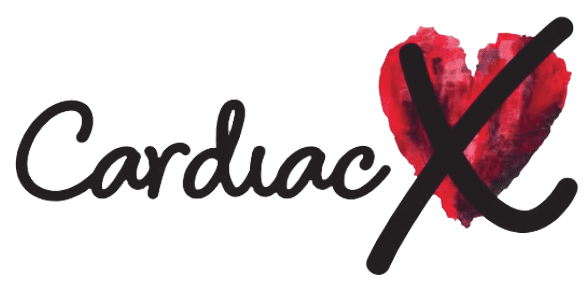
Sudden cardiac arrest (SCA)¹ is a serious medical emergency that affects thousands of people in Australia each year. It is a condition in which the heart suddenly stops beating, leading to a loss of blood flow to the brain and other vital organs. Without immediate treatment, SCA can be fatal within minutes. Do not be fooled however. Sudden cardiac arrest is not the same as a heart attack. Learn about the difference here².
What causes sudden cardiac arrest?
SCA is often caused by an electrical problem in the heart, known as an arrhythmia.³ This can cause the heart to beat too fast (ventricular tachycardia) or too erratically (ventricular fibrillation), leading to a sudden loss of blood flow. Other factors that can increase the risk of SCA include:
- Coronary artery disease
- Heart attack
- Heart failure
- Family history of SCA
- Drug or alcohol abuse
- Smoking
How common is sudden cardiac arrest in Australia?
SCA is a significant public health issue in Australia. It is estimated that around 30,000 people experience SCA each year, with only a 10% survival rate. This means that the majority of SCA cases result in death. It can affect people of all ages, including children and young adults.
What are the symptoms of sudden cardiac arrest?
Unlike a heart attack, which is often preceded by warning signs such as chest pain or discomfort, SCA usually occurs without any warning. The person may suddenly collapse, lose consciousness, and stop breathing. It is crucial to recognize these symptoms and take immediate action.
What should you do if someone experiences sudden cardiac arrest?
Time is of the essence when it comes to SCA. Every minute without treatment reduces the chances of survival by 10%. If you witness someone experiencing SCA, follow these steps:
- Call emergency services immediately.
- Start CPR (cardiopulmonary resuscitation)⁴ by pushing hard and fast on the centre of the person's chest.
- If available, use an automated external defibrillator (AED) to deliver an electric shock to the heart and restore its normal rhythm.
- Continue CPR until medical help arrives.
How can sudden cardiac arrest be prevented?
While it is not always possible to prevent SCA, there are steps you can take to reduce your risk⁵:
- Adopt a healthy lifestyle by eating a balanced diet, exercising regularly, and avoiding smoking and excessive alcohol consumption.
- Manage any underlying medical conditions, such as high blood pressure or diabetes, with the help of your healthcare provider.
- Learn CPR and how to use an AED. These skills can save lives in the event of SCA.
- If you have a family history of SCA or other heart conditions, talk to your doctor about any additional screening or preventive measures that may be necessary.
By understanding the facts about sudden cardiac arrest and taking proactive steps to reduce the risk, we can work towards a healthier and safer Australia.
References:
1. What is cardiac arrest? | Heart Foundation
2. What is the difference between sudden cardiac arrest and a heart attack? | Cardiac X
3. Heart Arrhythmia | Mayo Clinic
4. Cardiopulmonary Resuscitation (CPR): First aid | Mayo Clinic
5. Know your risk for sudden cardiac arrest and how to reduce it | Loma Linda University Health

